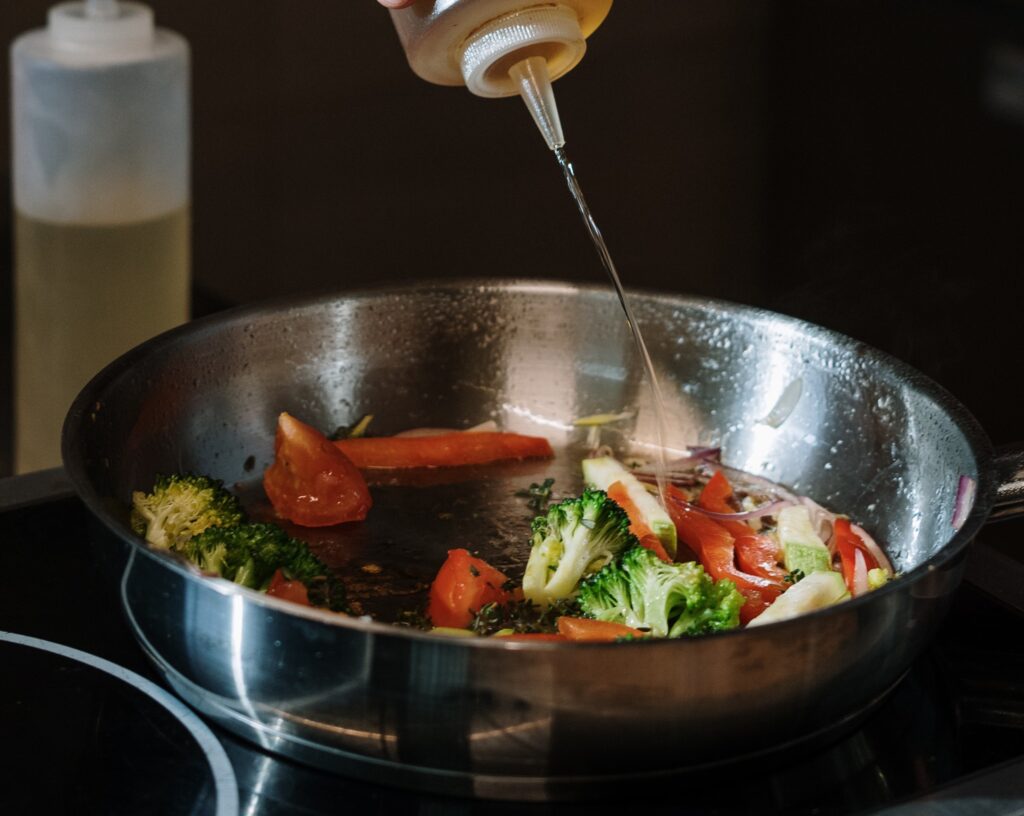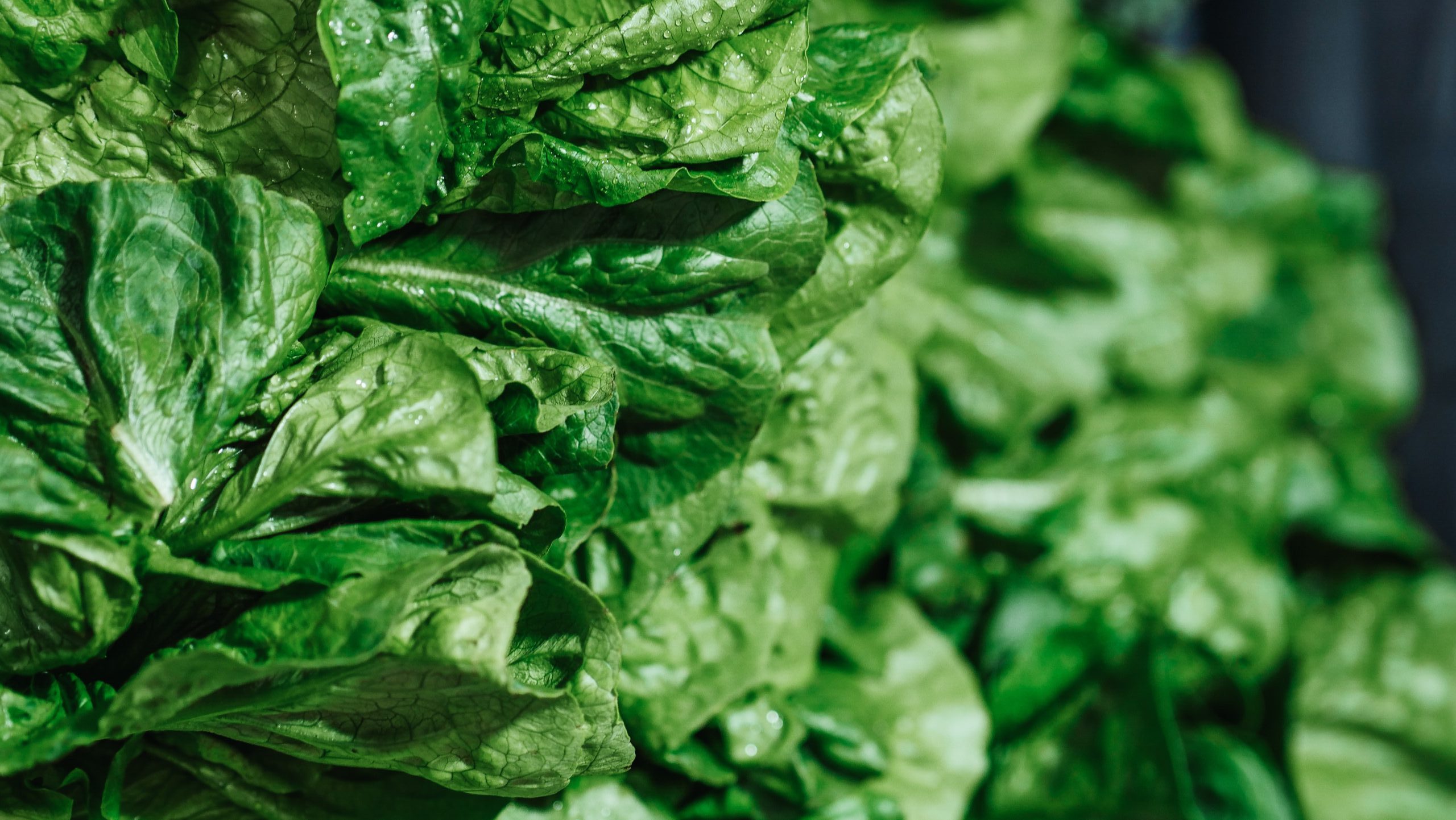Does cooking vegetables affect mineral content?
Vegetables are an important part of a healthy diet. They are also rich in minerals and vitamins. However, these minerals and vitamins are water-soluble. The cooking method used, therefore determines the nutrients available for your body. Let us look at how common cooking methods affects mineral content in vegetables. The table at the end provides a summary of mineral content in cooked vegetables.
Boiling
Boiling involves the addition of vegetables to boiling water. Bring the water to a boil, add vegetables, and simmer until tender. Boiling water is then discarded after cooking. Most people believe that boiling is the best cooking method. Because it does not require the addition of oil or fat. However, this is partially true since 50% of nutrients are lost in boiling water. Therefore, boiling is only beneficial if you also drink the water.
The golden rule in boiling; “If the vegetable grows above the ground, then add vegetables to boiling water. If it grows below the ground, begin cooking in cold water”.
Steaming
Steaming uses steam from boiling water to cook vegetables. In this method, a steamer is used, therefore, the vegetables do not come into contact with water. Steaming reduces the loss of magnesium, Potassium, Folic acid, and Vitamin C. However, calcium losses are higher in steamed vegetables compared to boiled ones.
Stewing
Stewing is a slow moist-heat method of cooking. It involves cooking vegetables at lower temperatures for a longer time. Therefore, resulting in soft vegetables with concentrated flavor. Unlike boiling, a little amount of water is used. Also, the water is not discarded after cooking. Because of this, stewing increases minerals content, unlike other methods. For instance, stewing doubles Potassium levels in spinach and amaranth. Stewing also results in lower losses of folic acid and vitamin C. Making it the best way to cook vegetables!
Stir-frying

This cooking method involves cooking vegetables in minimum oil. In Kenya, stir-frying of vegetables also includes the addition of onions and tomatoes. Increasing vitamin C levels in the vegetables as a result. Generally, stir-frying retains appreciable amounts of minerals and vitamins compared to boiling. It also results in better tasting vegetables because of the added oils. Care should however be applied when adding salt so as to maintain the recommended Sodium intake. Cow-pea leaves need special attention if you also add wood ash as a softening agent.
Principles for cooking vegetables
- Cook vegetables the shortest time possible
- Use minimum amount of water
- Cook using the minimum possible temperature
- Do not cover vegetables when cooking for radiant colors.
The mineral content of cooked vegetables (100g)
| Vegetable name | Ca (mg) | Fe (mg) | Mg (mg) | P (mg) | K (mg) | Na (mg) | Folic acid (mcg) | Vit. C (mcg) |
| Kales (Sukuma wiki) Boiled Steamed Stir-fried | 364 332 291 | 2.0 2.0 2.3 | 23 32 33 | 57 55 56 | 113 176 198 | 51 53 123 | 30 33 35 | 51 64 82.1 |
| Spinach Boiled Stewed Stir-fried | 131 161 99 | 1.4 2.1 3.7 | 45 89 66 | 27 35 47 | 300 704 299 | 46 72 870 | 58 95 70 | 15 27 16.9 |
| White Cabbage Boiled Stewed Stir-fried | 45 50 48 | 0.4 0.5 0.6 | 6 10 11 | 36 43 43 | 154 336 305 | 29 40 510 | 8 11 11 | 20 33 38.6 |
| Cow-pea leaves (Kunde) Boiled Steamed Stir-fried | 178 155 146 | 1.9 1.9 1.3 | 27 37 23 | 15 14 49 | 231 358 202 | 22 23 660 | 45 49 31 | 19 24 12.6 |
| Amaranth (Terere) Boiled Stewed Stir-fired | 280 346 192 | 5.3 8.3 4.9 | 77 151 87 | 84 110 72 | 314 737 442 | 14 22 161 | 34 55 37 | 33 57 49.3 |
| Jute mallows (Mrenda) Boiled Stewed | 207 255 | 5.0 7.8 | 19 37 | 84 109 | 149 349 | 14 23 | 61 101 | 18.3 32.2 |
| Spider-plant (Saget) Boiled Steamed | 171 156 | 1.9 1.8 | 27 37 | 42 40 | 228 353 | 13 14 | 165 181 | 24 31 |
| Black-nightshade (Managu) Boiled | 91 | 6.2 | 24 | 58 | 200 | 7 | 192 | 14 |
| Mrenda+seveve | 141 | 1.8 | 26 | 105 | 197 | 180 | 21 | 9.19 |
| Mrenda+ Kunde | 158 | 2.4 | 23 | 93 | 244 | 761 | 38 | 13.1 |
| Saget+terere+Managu | 184 | 3.3 | 39 | 104 | 244 | 174 | 80 | 16.1 |

